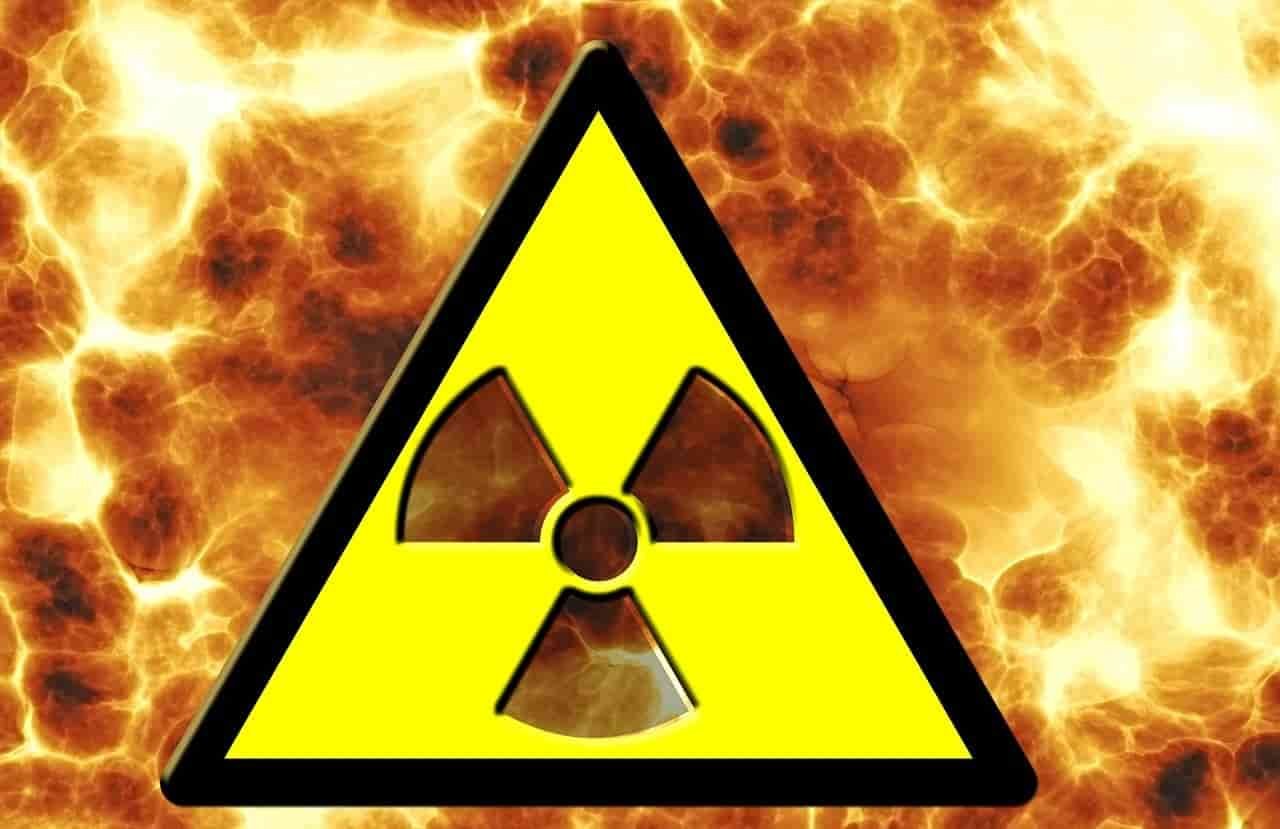Radioactivity Effects on The Human Body
The radioactivity effects or radiation causes burns to the skin, destroys the central nervous system, the cells of the bone marrow (which “manufactures” white blood cells, red blood cells and platelets) and those of the digestive wall. The immune system collapses.
What happens if the radiation is strong…
Without treatment, death is inevitable after the whole body is exposed to 6 Sv. Between 4 and 4.5 Sv, half of the people died. Radiation causes sunburn, destroys the central nervous system, bone marrow cells (which “produce” white blood cells, red blood cells and platelets) and digestive wall cells.
The immune system collapses. Beyond 1 Sv, the first symptom is nausea, vomiting, followed, after a few days, by diarrhea or bleeding. All of these effects are mainly related to cell death.
What are the possible health risks of exposure to radioactivity (Radioactivity Effects) when it is intense and/or prolonged?
If it is intense and/or too long, exposure to radioactivity can have effects on the body that vary according to:
1. The dose of radioactivity to which the body is exposed and the duration of exposure:
High doses, even received in a short period of time, generally cause immediate so-called “deterministic” effects, because they appear automatically beyond a certain exposure threshold (burns, nausea, etc.).
Beyond a certain threshold and a certain duration of exposure, long-term so-called “random” effects can be felt, because they are not automatic. This is the case for certain cancers which, whatever the carcinogen involved, only appear randomly in exposed populations.
2. the type of exposure. Any excessive exposure to radioactivity can destroy the DNA of cells or modify them:
- localized external irradiation can lead to skin burns or possibly affect the organs located just under the skin,
- external irradiation at very high doses of the whole body, even briefly, can be fatal because it destroys a large number of cells,
- internal contamination can be fatal if it affects vital organs (heart, liver, lung, central nervous system). It can also be carcinogenic for certain organs exposed to high doses. Indeed, the mutated cells, whose DNA could not be repaired by the body, duplicate themselves with their erroneous DNA sequences. These genetic mutations can be the cause of pathologies such as cancer.
3. The type of radionuclide to which the body is exposed:
Only certain radionuclides (radioactive forms of elements) pass into the blood after being swallowed or inhaled. These are the most soluble radionuclides such as tritium, iodine or carbon.
Not all radioactive atoms are distributed in the same way in the exposed organism. Depending on their chemical properties, some radionuclides are evenly distributed throughout the body (tritium, cesium). Conversely, others concentrate preferentially in one or more retention organs (target organs).
Example: Radium attaches more to the skeleton, while iodine attaches to the thyroid gland.
Everyone’s radiosensitivity is different. Just as we do not all react identically to atmospheric pollution, we do not all have the same sensitivity to exposure to radioactivity.
Sources: PinterPandai, U.S. Environmental Protection Agency, Live Science, World Nuclear Association (UK)
Photo credit: Geralt / Pixabay



